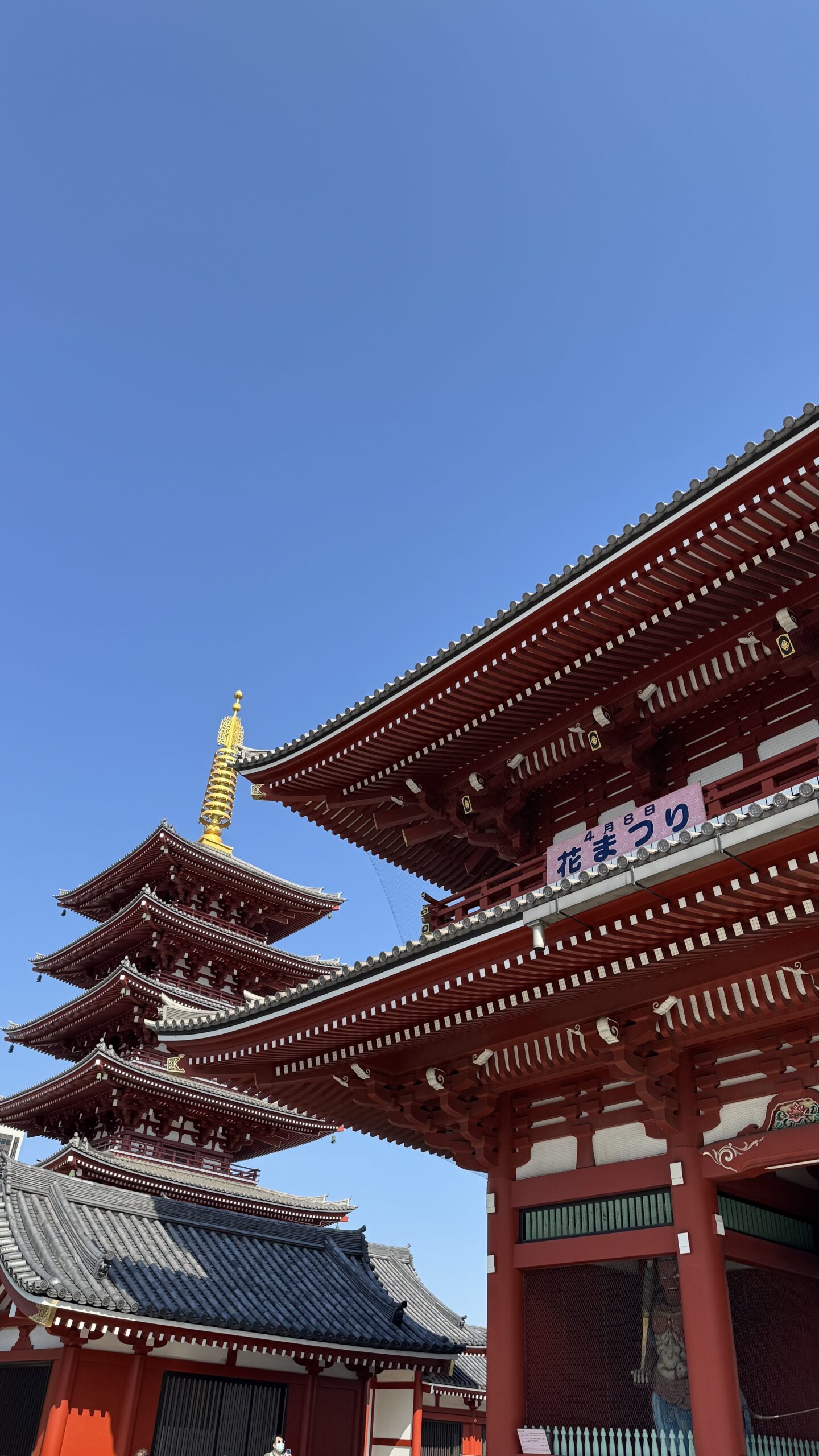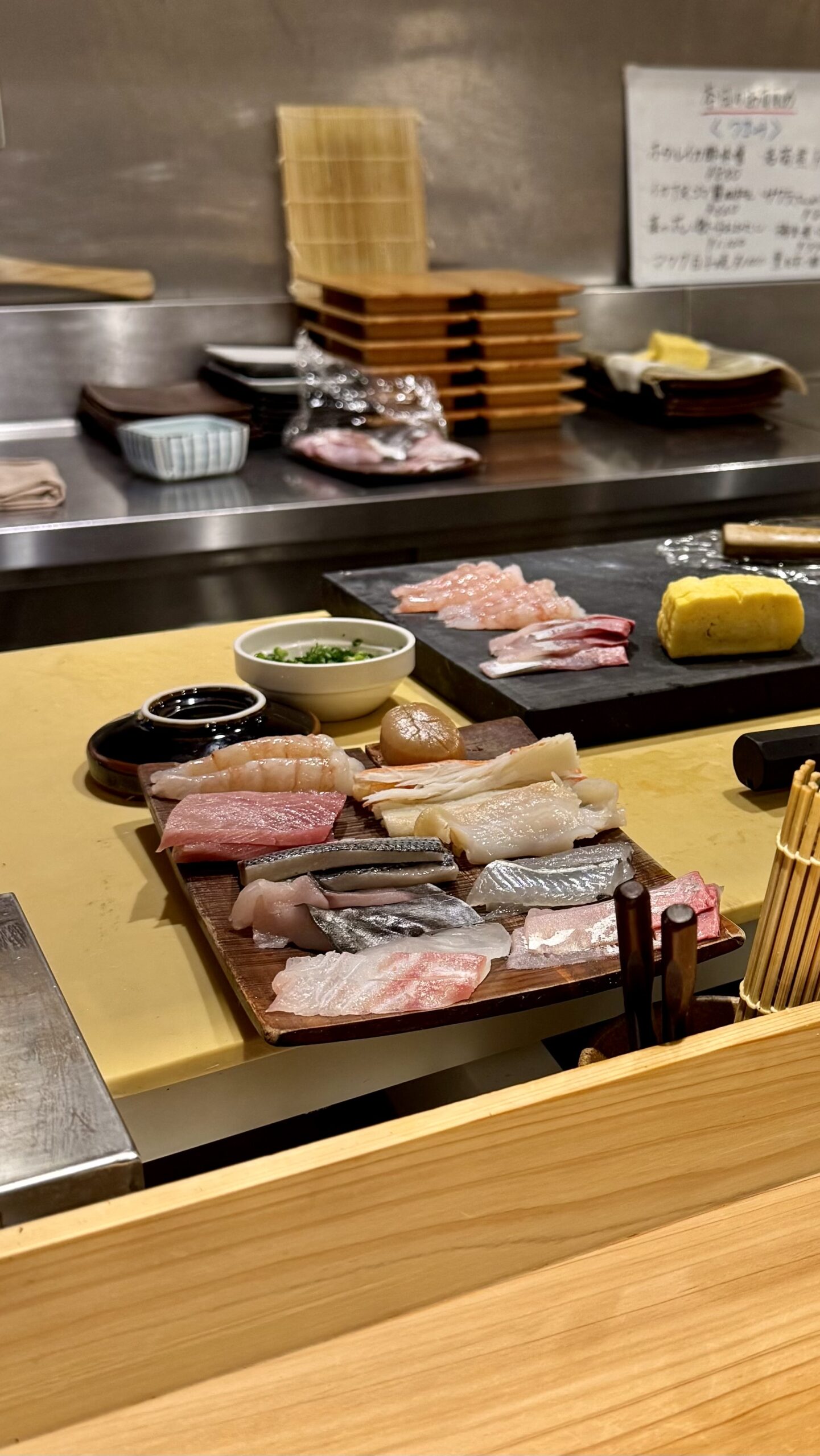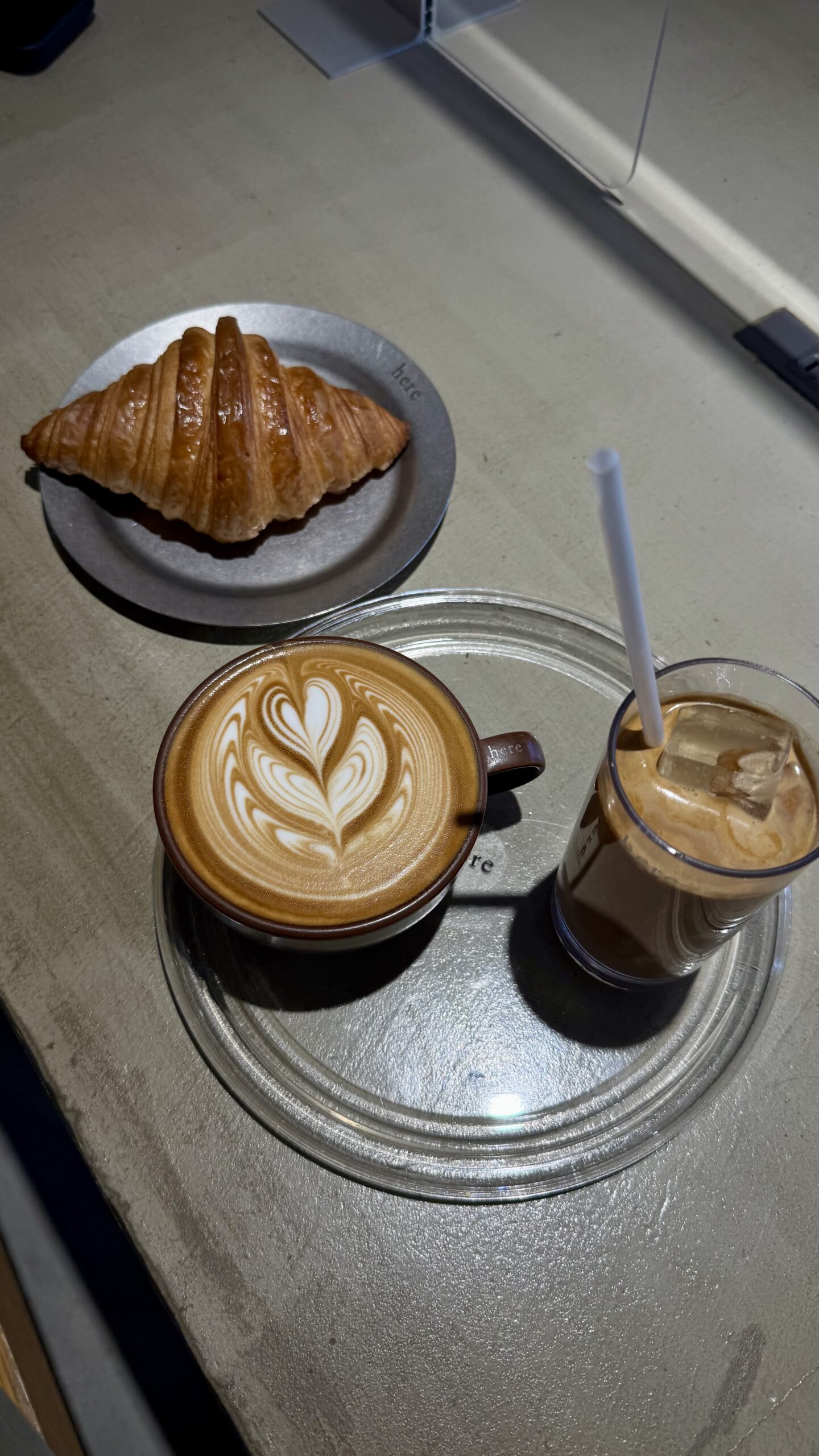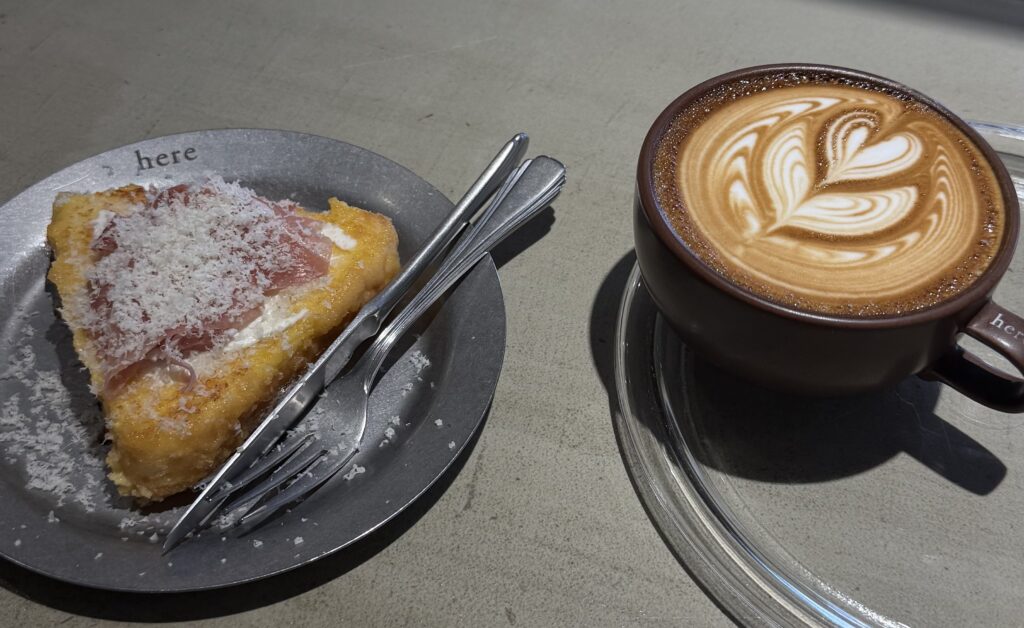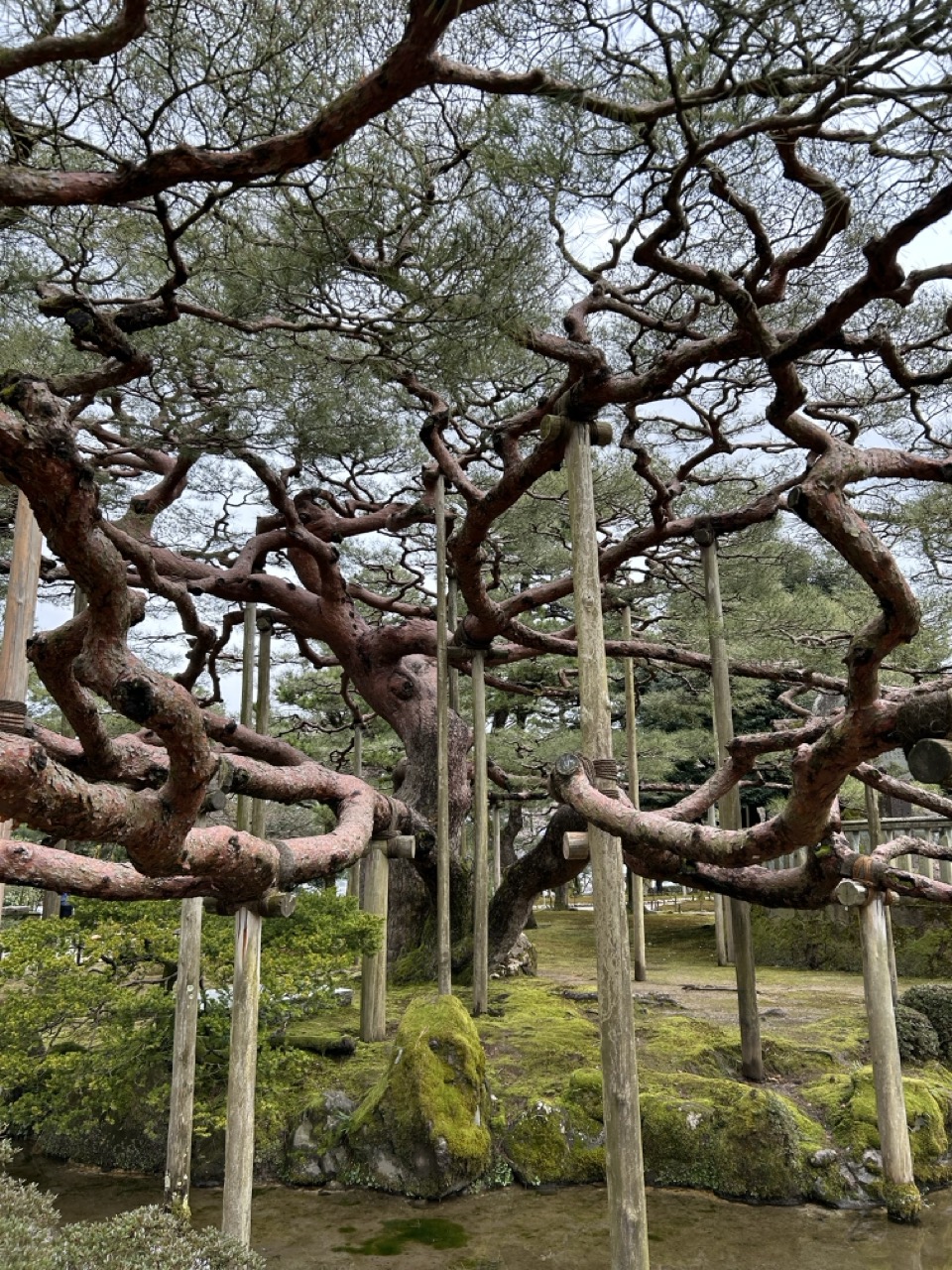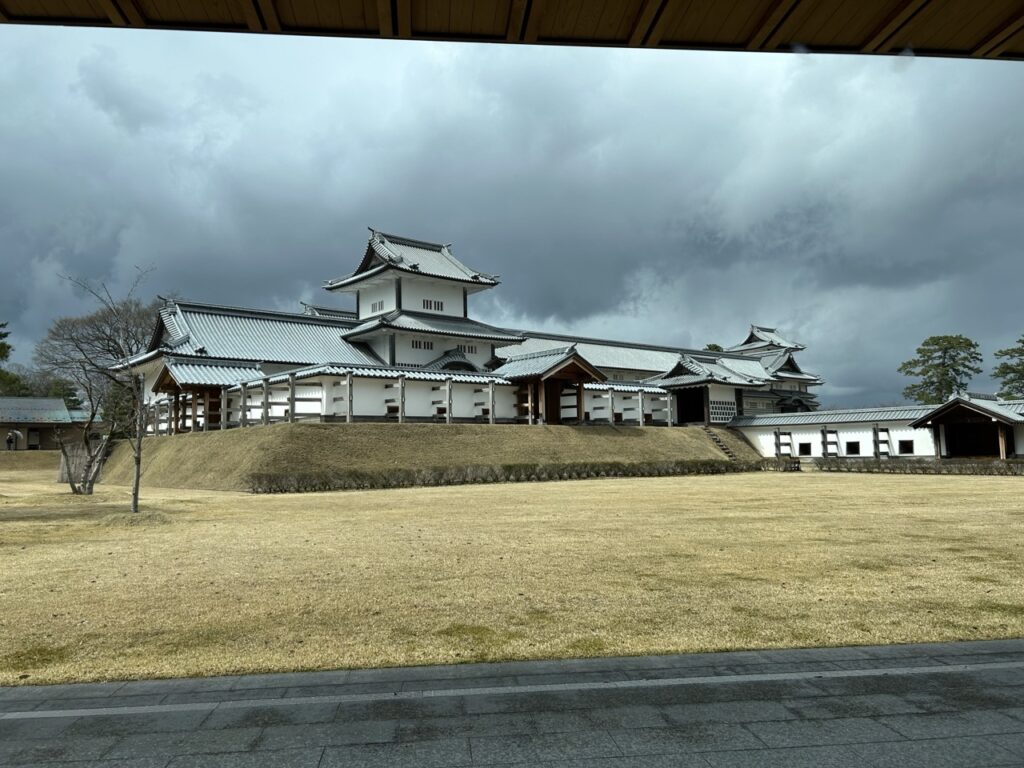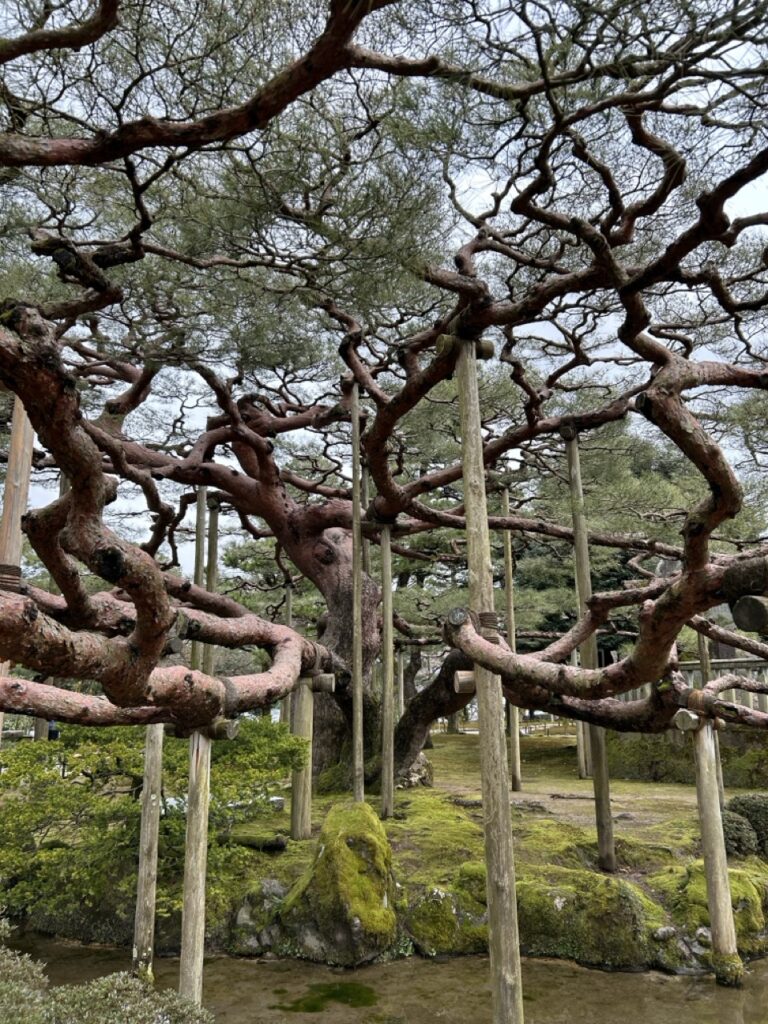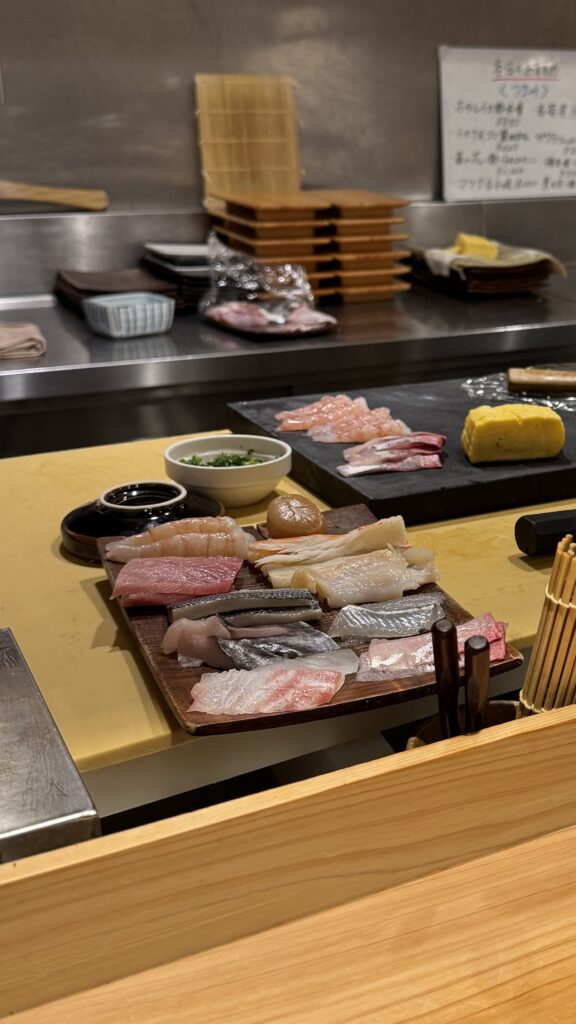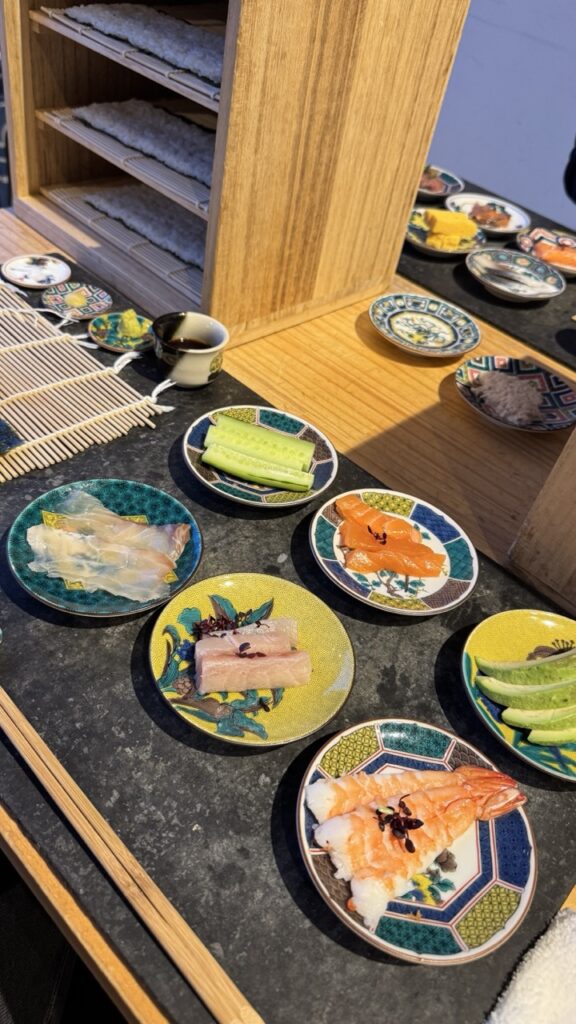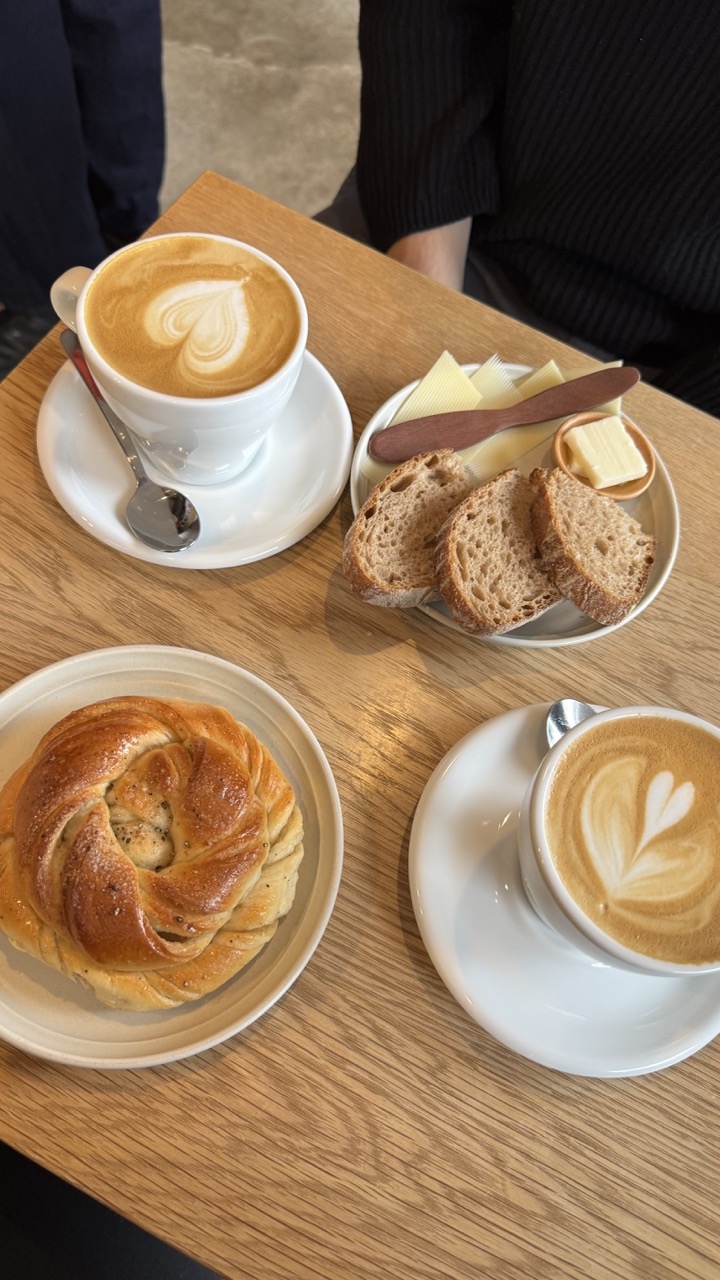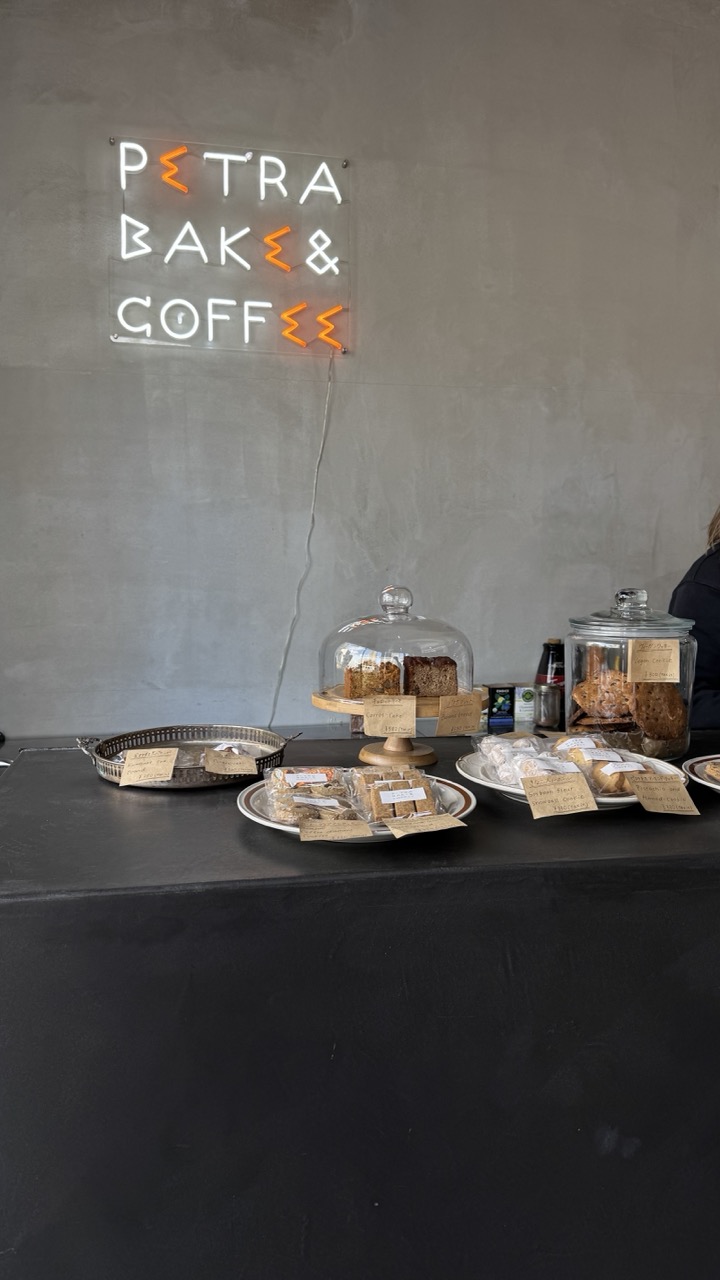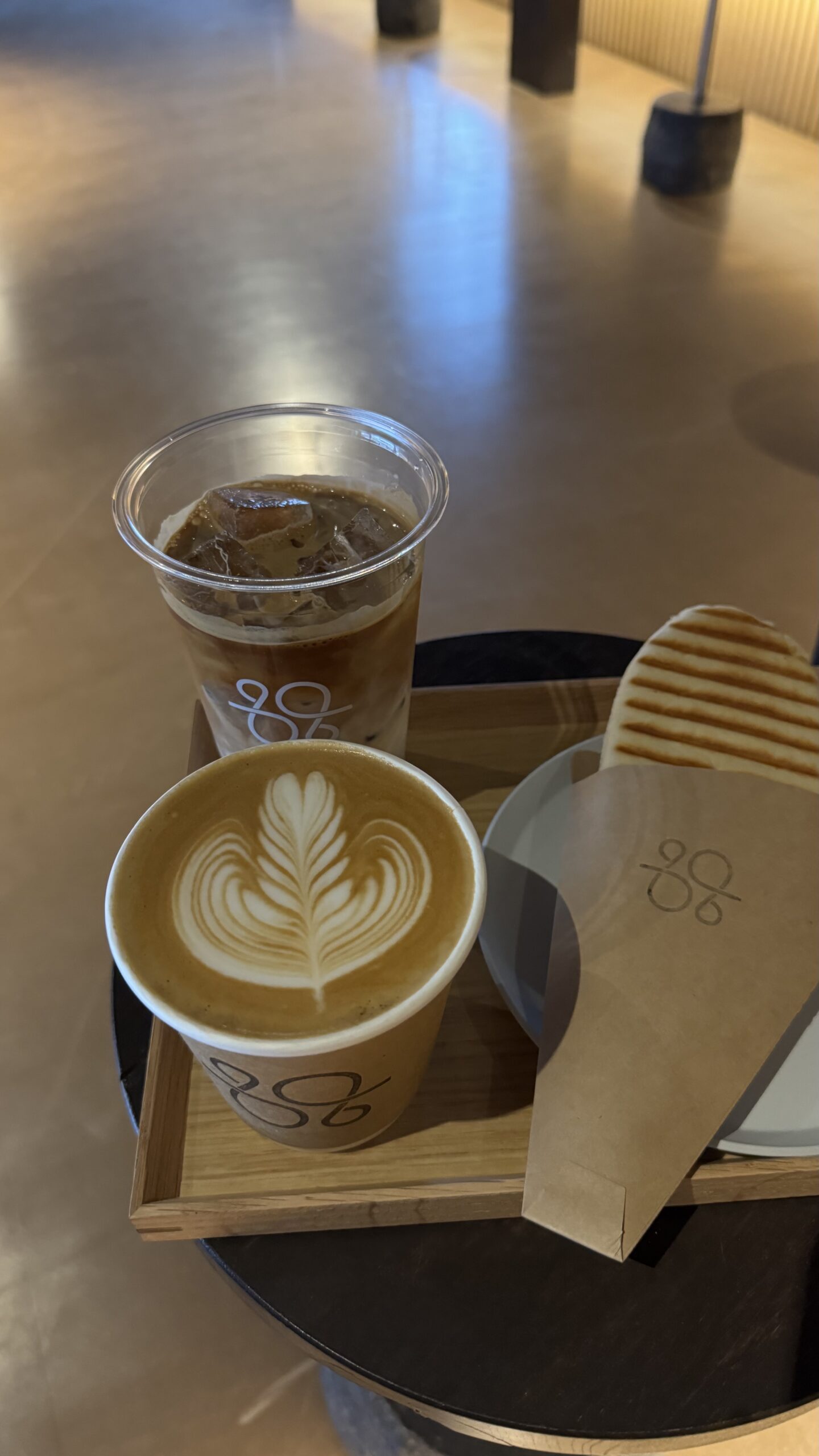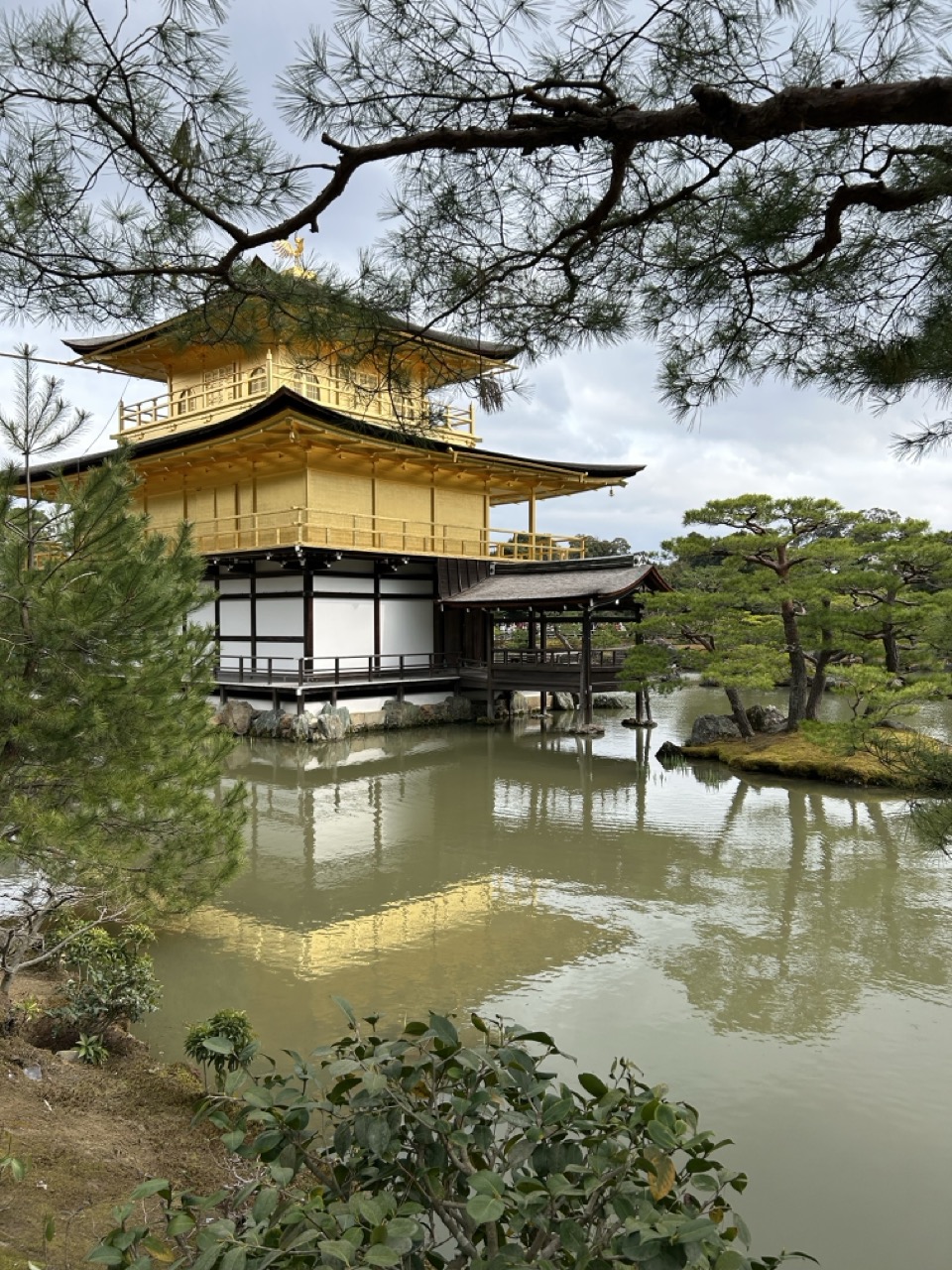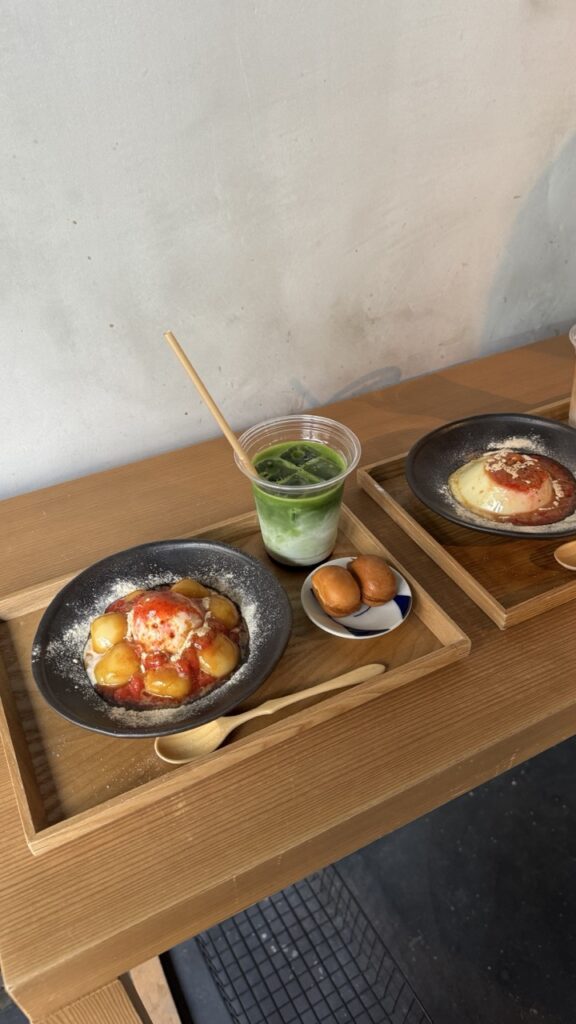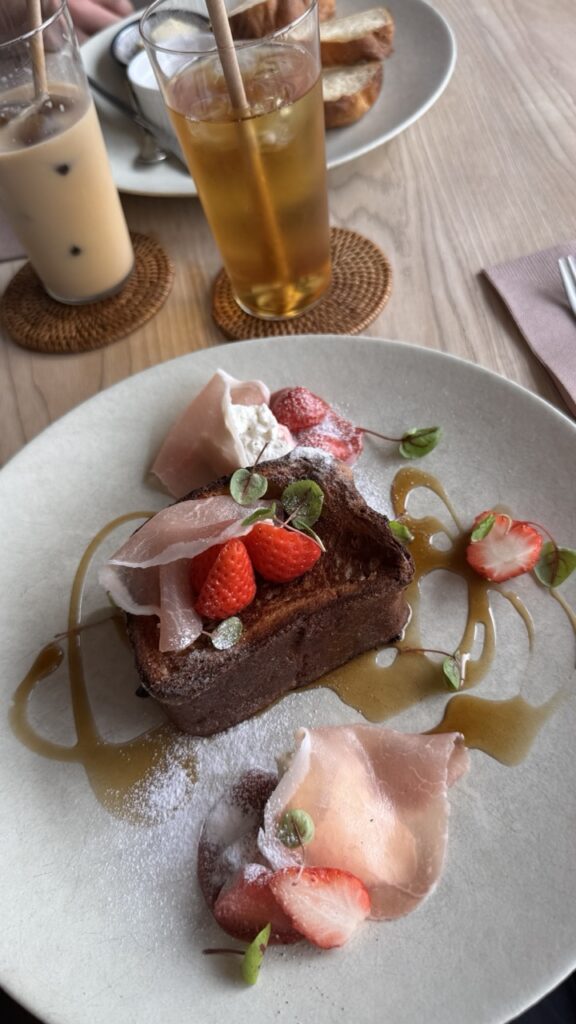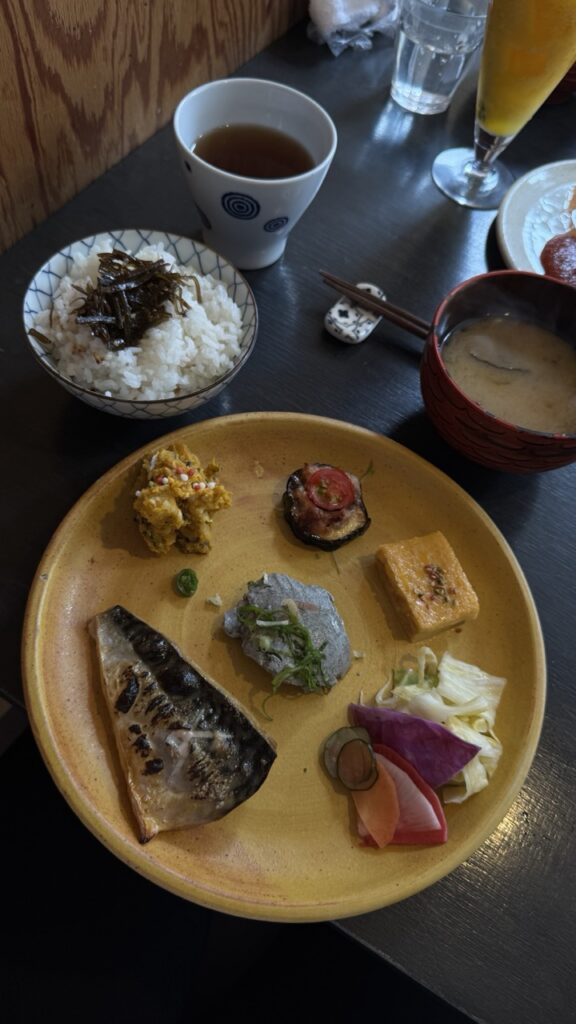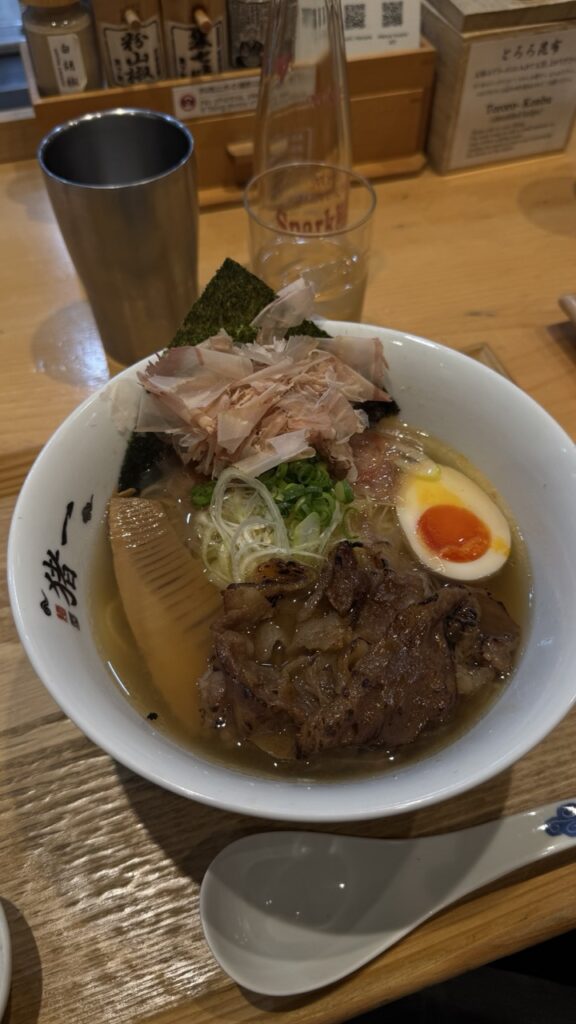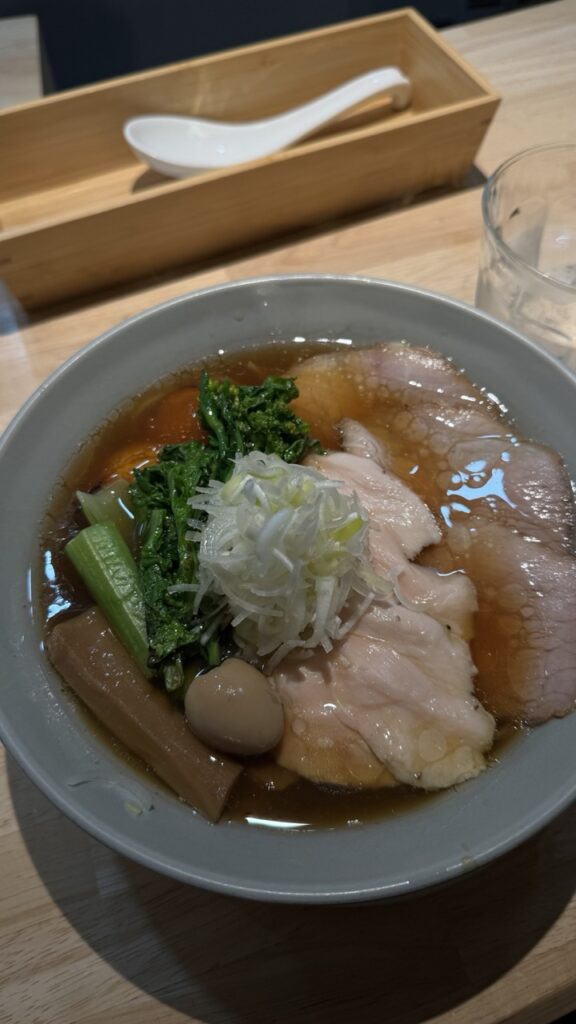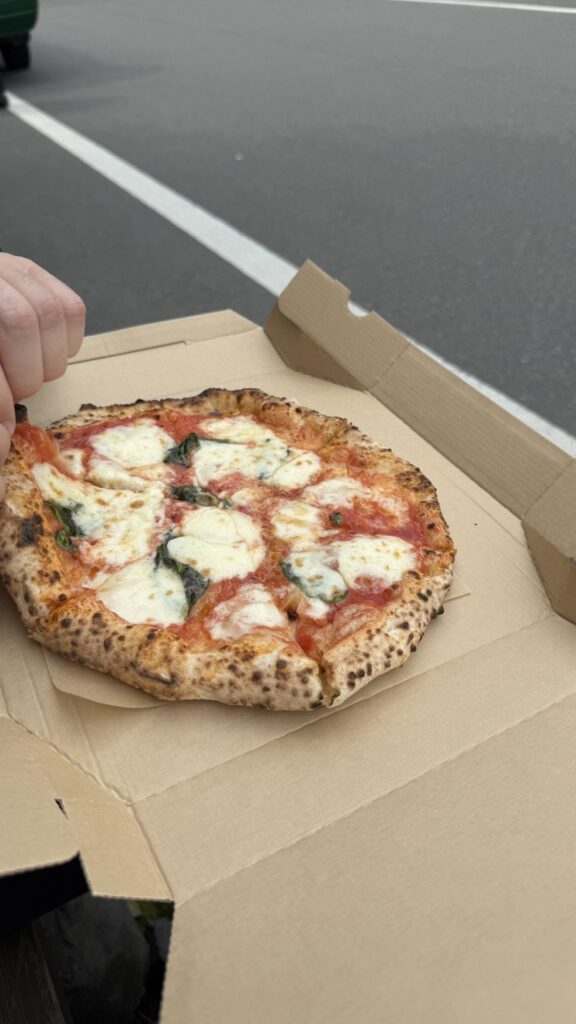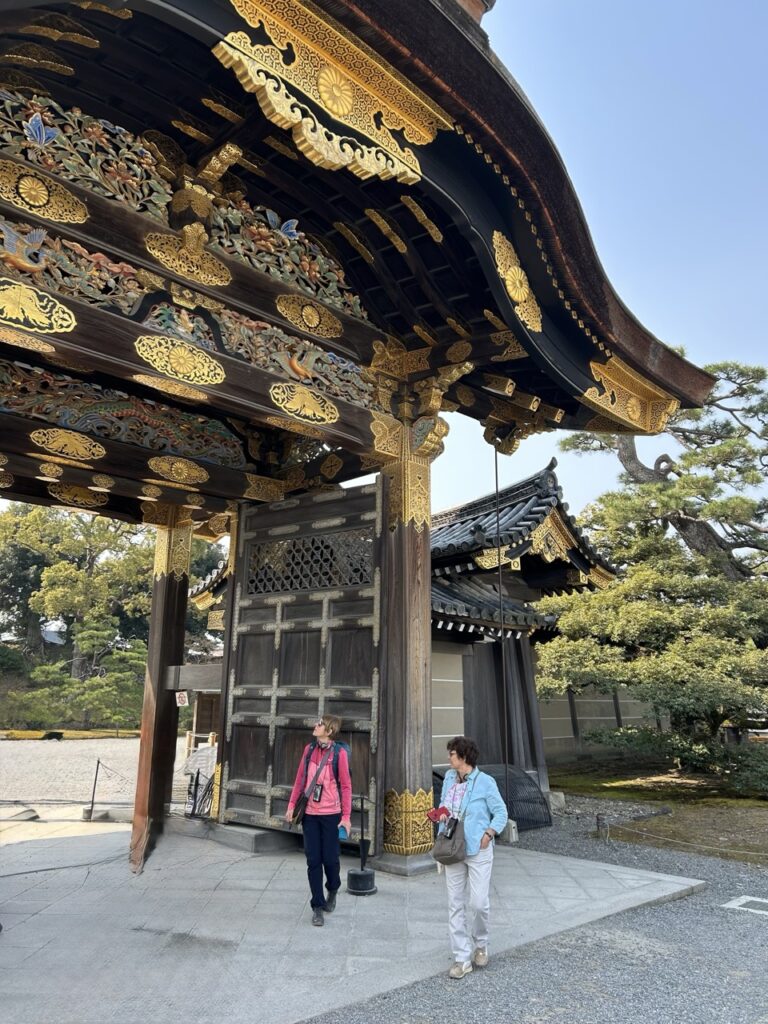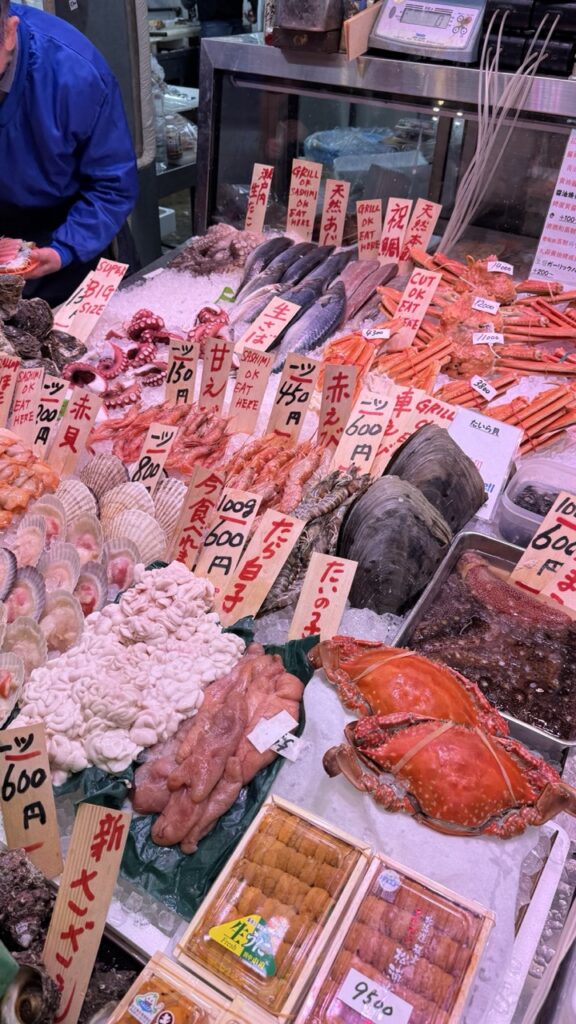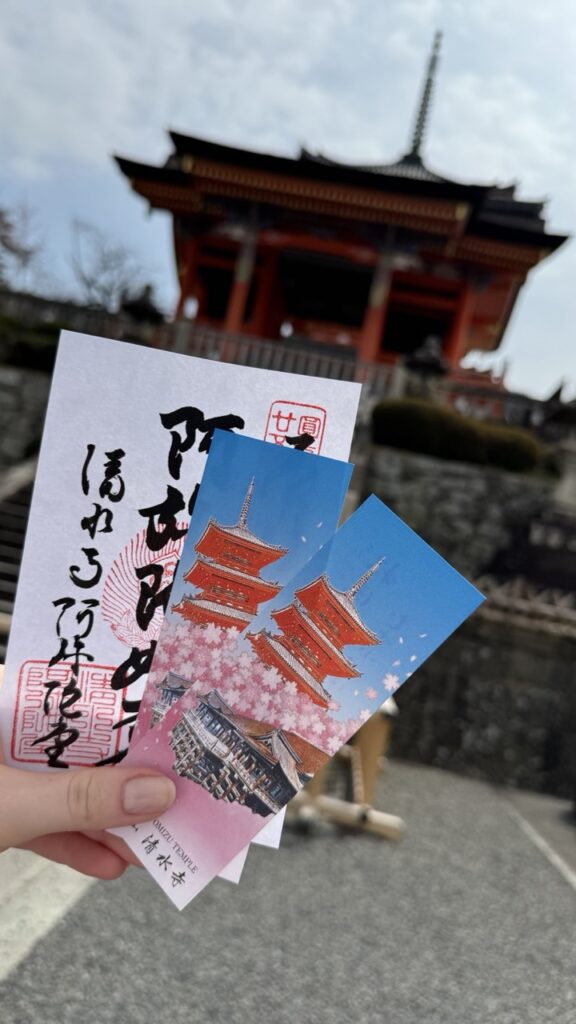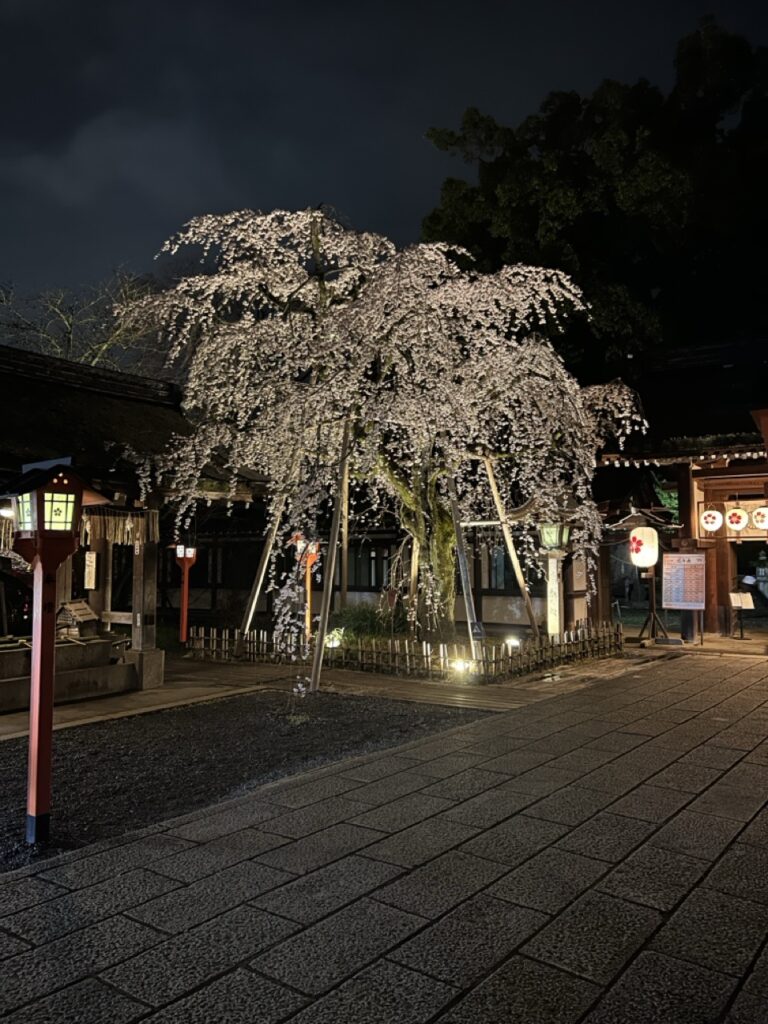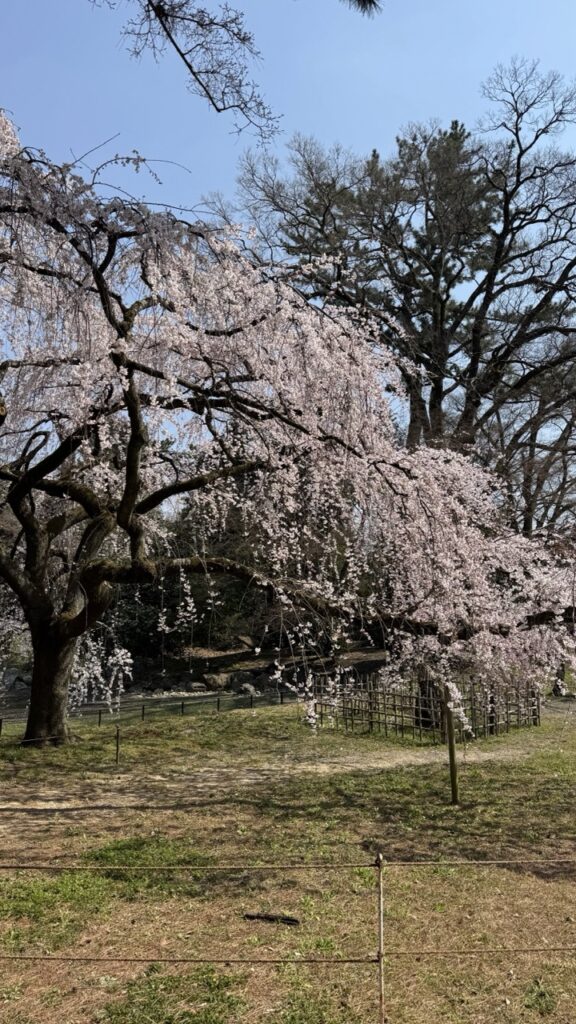Quick Summary: Neon skylines, peaceful shrines, matcha breaks, and a few perfectly marbled wagyu moments. This 5-day Tokyo plan balances icons (Shibuya, Skytree, Sensō-ji) with the little things that make the city unforgettable (alleyway yakitori, hidden cafés, and a detour for watch lovers).
Good to know: Tokyo is wonderfully walkable in segments, but you’ll rely on trains. Grab an IC card (Suica/PASMO), wear comfortable shoes, and book popular restaurants ahead where possible.
Day 1 — Shibuya, Imperial Palace, and First Bites
Morning: Shibuya Crossing & Hachiko
Is it the world’s busiest crossing? Maybe. Honest take: a bit underwhelming in person, and about half the people are tourists walking back and forth for photos. For a view from above, try the Starbucks on the north end (busy, yes). Don’t miss the Hachiko Statue, and wander the streets north of the crossing for shopping and snacks. We made an obligatory stop at Blue Bottle Shibuya – one of the nicest locations we’ve visited.
Midday: Imperial Palace area
Stroll the grounds and moat views around the Imperial Palace. The inner grounds are generally closed, but during special openings (and sometimes cherry blossom season) you can get inside. Even from the outside, it’s a calm counterpoint to Shibuya.
Evening: Ichiran (Shibuya/Shinjuku)
Iconic solo-booth ramen, fast and fun if jet lag hits. Can be found anywhere so its ideal to start with.
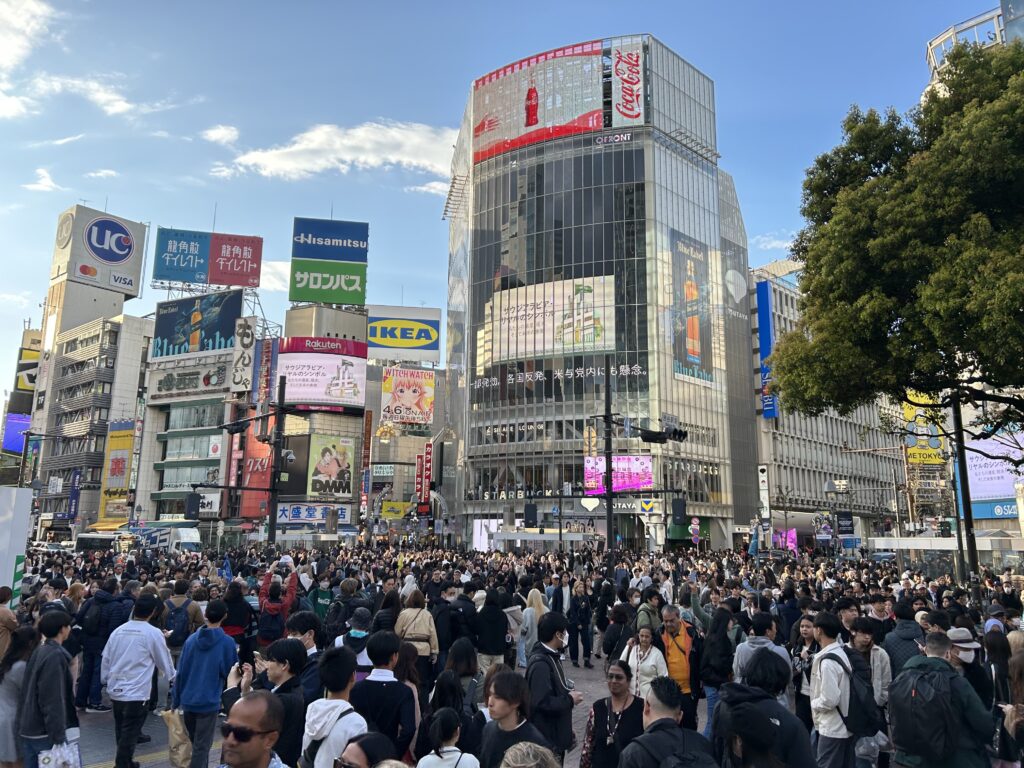
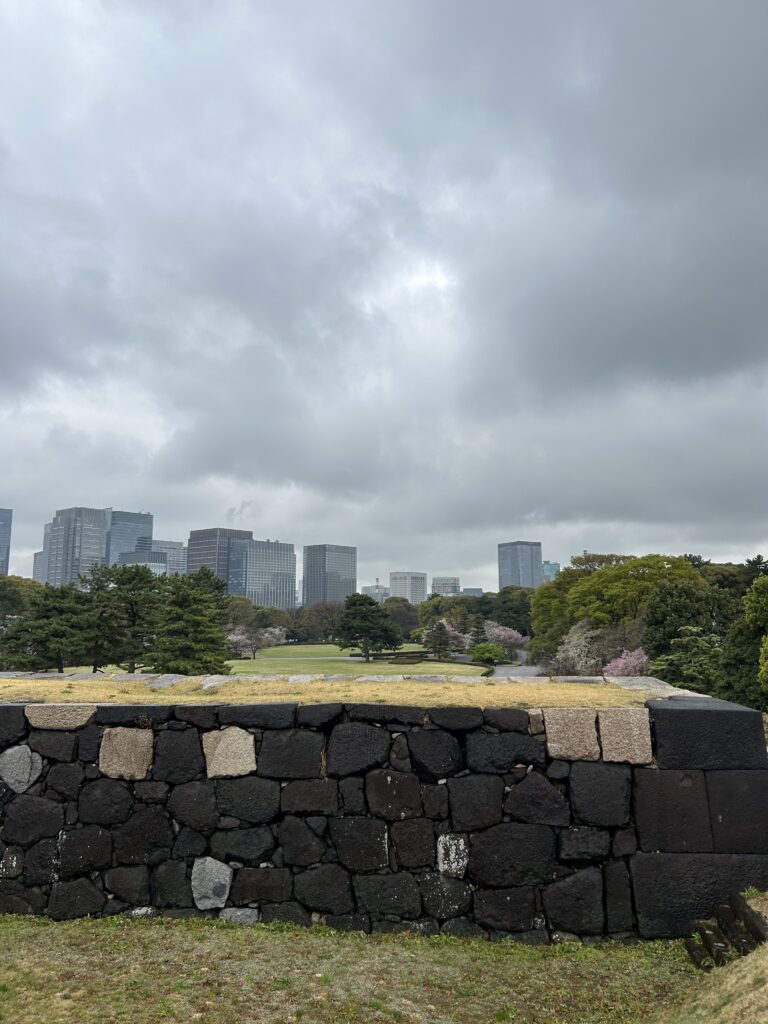
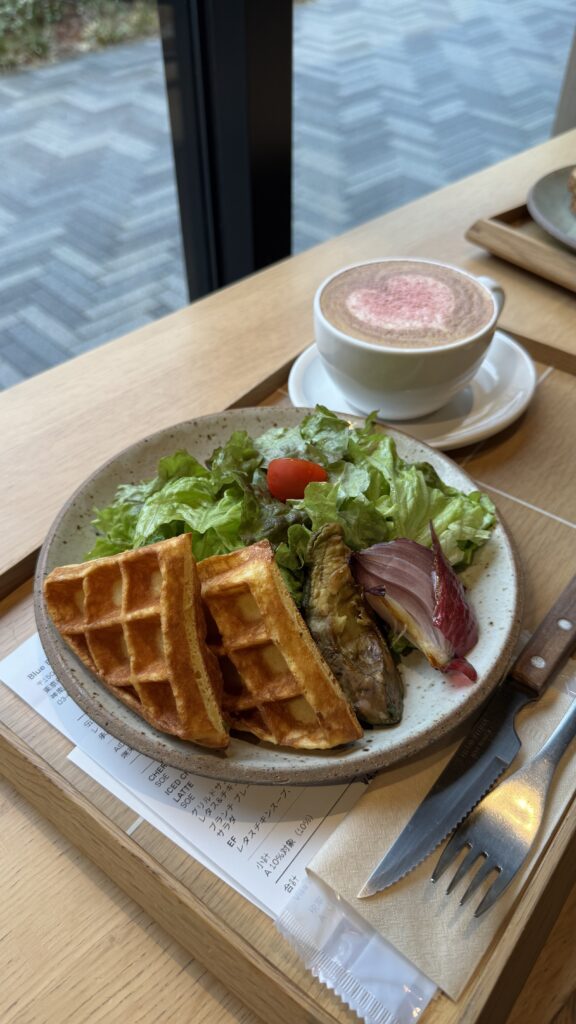
Day 2 — Meiji Jingu, Asakusa & Wagyu Night
Morning: Meiji Jingu
Set in a vast park, Meiji Jingu is one of the most serene places we visited—tall torii gates, dappled light, and a peaceful forest walk that feels miles from the city.
Midday: Sensō-ji & Kitchen Street
Head to Asakusa for Sensō-ji—lanterns, Nakamise shopping street, and classic snacks. Nearby Kitchen Street(Kappabashi-dori) is heaven for food lovers: knives, ceramics, and every tool you never knew you needed.
Evening: Matsuzakagyu Yoshida (Wagyu dinner)
If you love steak, this is the moment. Kobe is the headliner, but Matsusaka and Ōmi are just as good—sometimes better. We chose Matsuzakagyu Yoshida, a formal restaurant high up in a skyscraper with skyline views. You pick your style: teppanyaki, shabu-shabu, or sukiyaki. The meat was deeply flavorful and melt-on-your-tongue soft. If you can, experience all three styles somewhere during your trip.
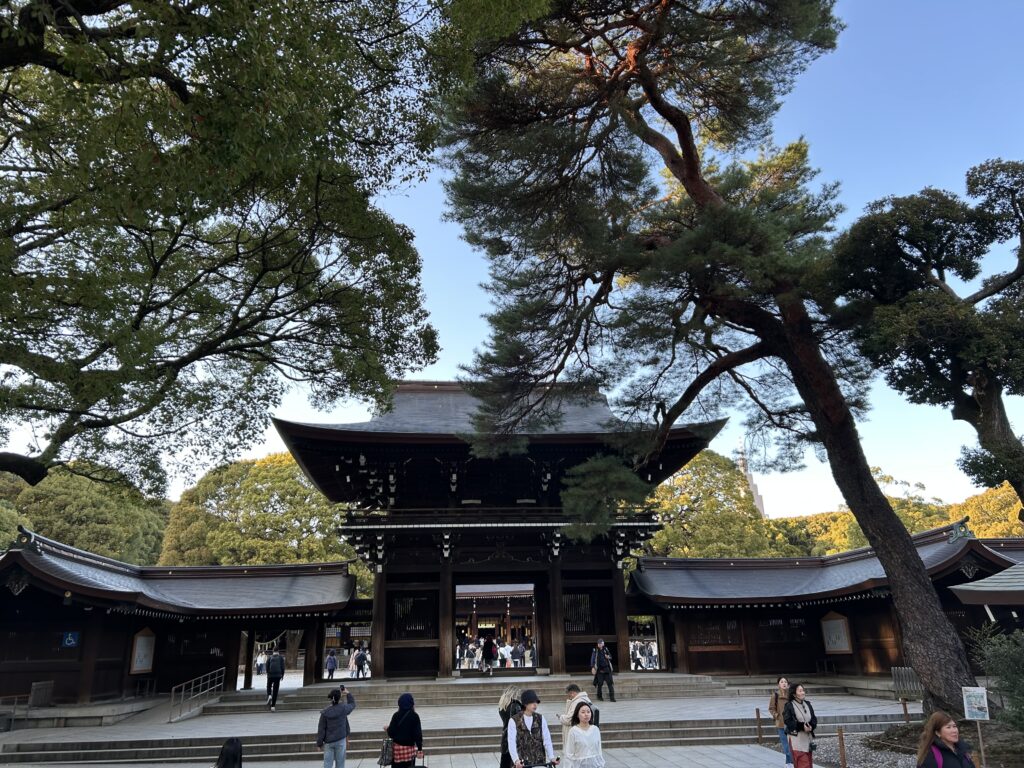
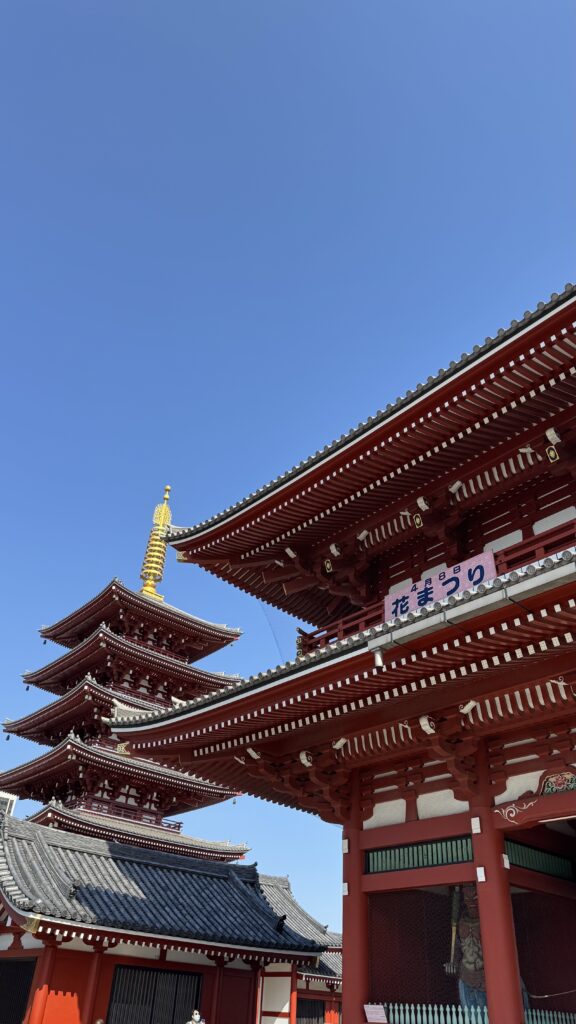
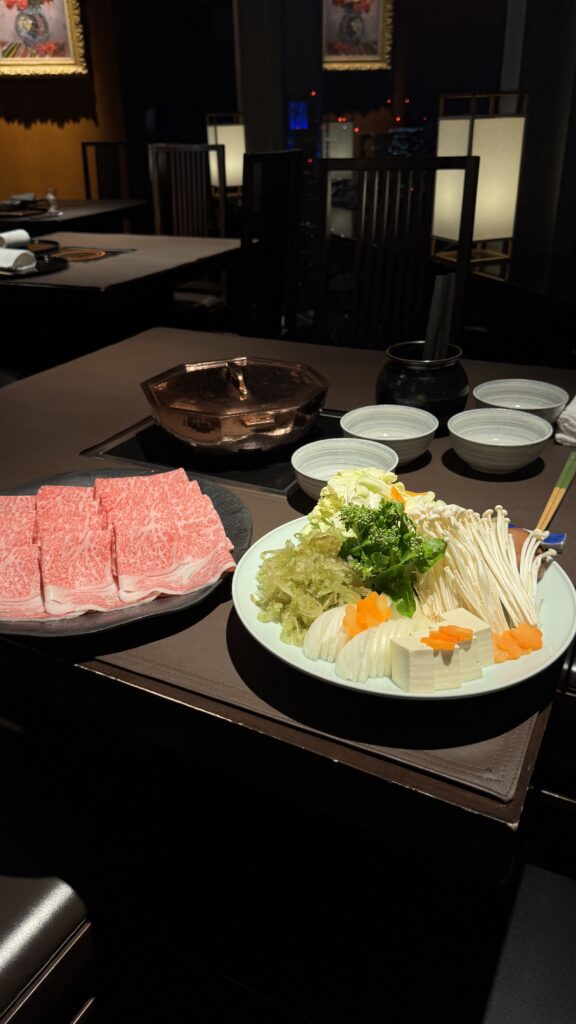
Day 3 — Ueno to Skytree on Foot (Matcha & Views)
Morning: Ueno Park
Museums, markets, ponds – Ueno Park is ideal for a slow start (and cherry blossoms in season). If you want to get your steps in, use Ueno as the start of a one-hour walk toward Skytree, collecting little neighborhoods as you go.
Mid-route: Hatoya Asakusa (Matcha stop)
Hatoya Asakusa is a lovely pause for matcha desserts and tea. Expect a line at busy hours—worth the wait.
Afternoon: Tokyo Skytree
One of the tallest structures in the world and a masterclass in earthquake engineering. There are two observation levels—we recommend booking both: the top level is less crowded and the views are noticeably better. Clear days may reveal Mount Fuji. If you’re early for your slot, there’s a bagel place across the street that’s perfect for a quick bite.
Note: The elevator to the upper deck has glass features—heads-up if heights make you queasy.
Evening: Tsukiji Fish Market area
The original market moved, but Tsukiji still delivers big on fresh seafood. We stopped for a quick sushi bite—an easy, satisfying dinner option after a long walking day.
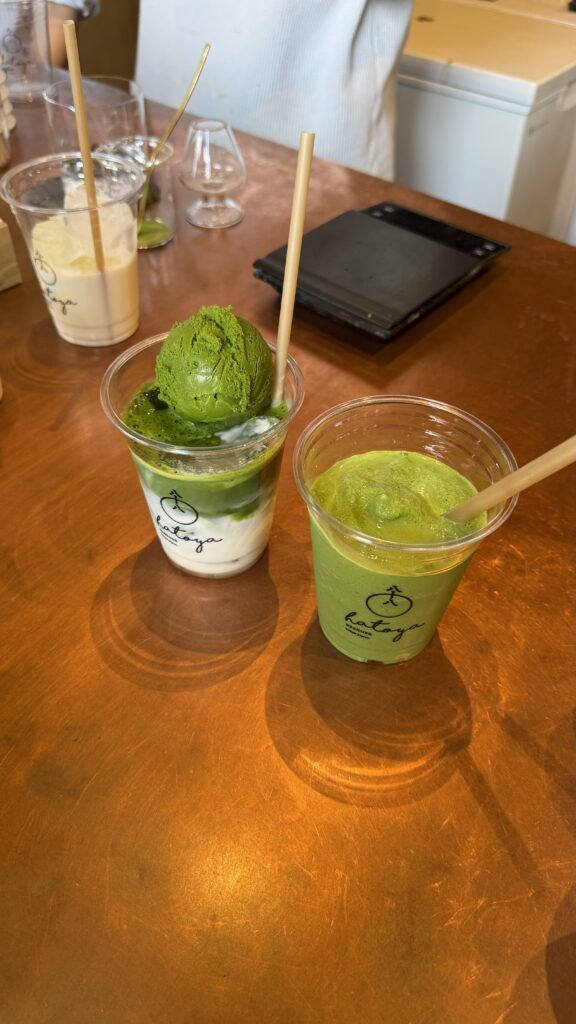
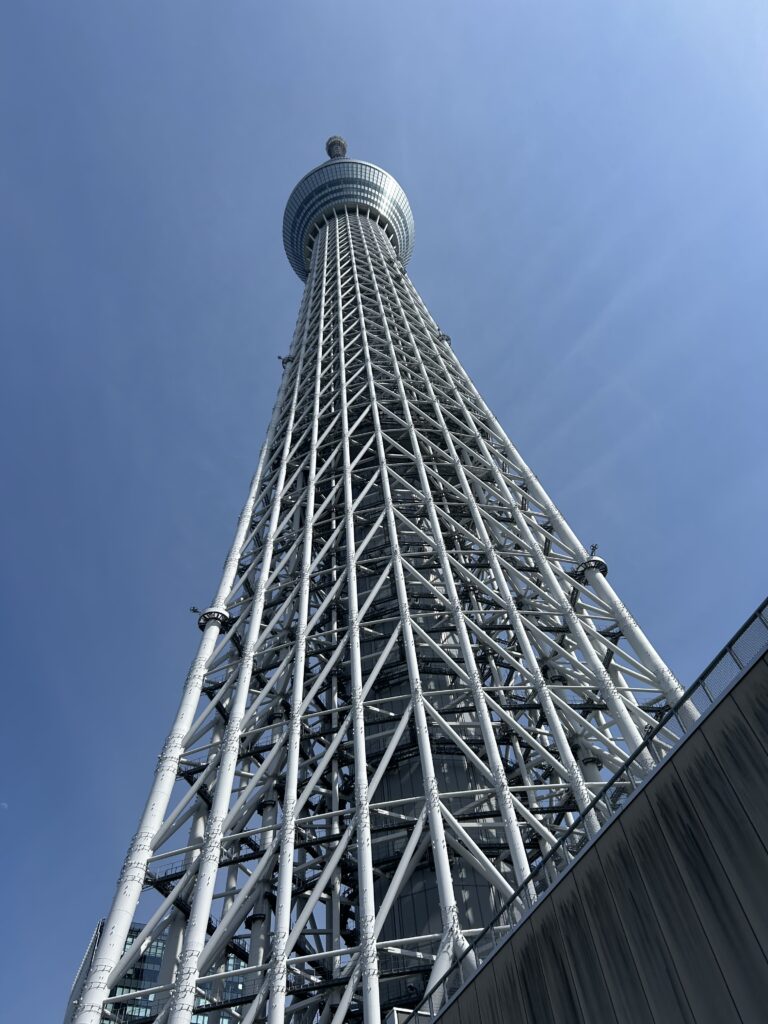
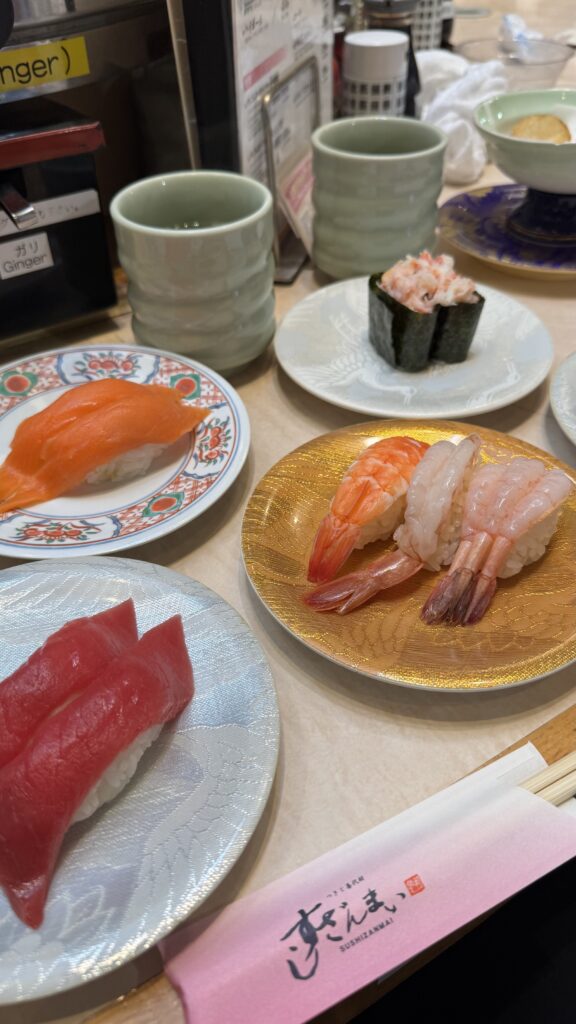
Day 4 — Ginza, Azabudai Hills & a Wagyu Burger
Morning: Ginza
High-end shopping boulevards and department stores that feel more US-urban than the rest of Tokyo. Polished, structured, and perfect for window-shopping (or the real thing).
Midday: Buvette
We first loved Buvette in New York and found the Tokyo outpost while walking from Ginza toward the Palace. It’s Western cuisine—not a place for Japanese flavors—but it’s a cozy, reliable stop for coffee and a bite. We still prefer the NY location, but this one is worth a visit if you’re nearby.
Afternoon: Azabudai Hills (+ Tokyo Tower nearby)
A newly developed district that blends upscale living, artful public spaces, and luxury retail. Tokyo Tower is just around the corner for that classic red-and-white skyline moment.
Evening: Shogun Burger
Wagyu… as a burger. We couldn’t resist. There’s a Shogun Burger right in Azabudai Hills and it was absolutely worth it. How often do you get a wagyu burger done this well? Go once – minimum.
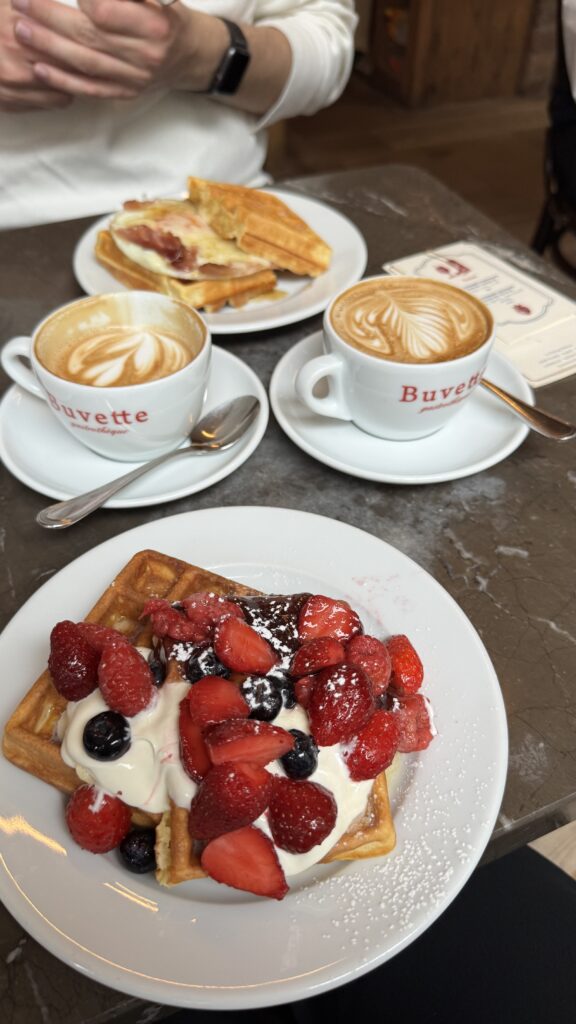
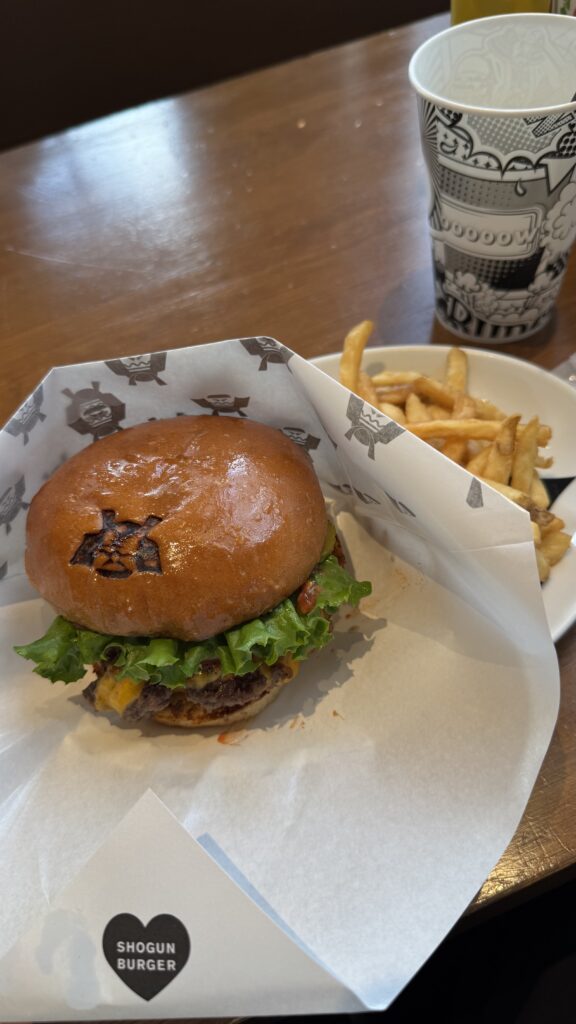
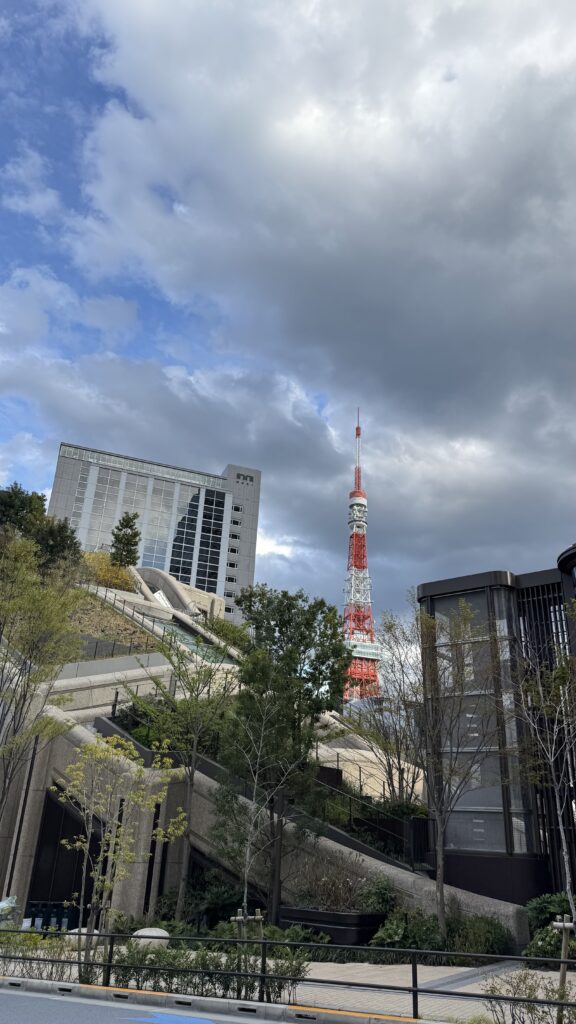
Day 5 — Watches, Nakano Broadway & Night Alleys
Morning: Watches & Luxury (Ginza or Nakano Broadway)
If you’re a watch enthusiast, Tokyo is a playground. Nakano Broadway is packed with specialty stores and rare finds—just know that dealers usually price to global markets, so “steals” are rare even after the 10% tax-free calculation. I’ll publish a dedicated Tokyo Watch-Hunting Guide soon with shop recs and buying tips.
Afternoon: Omoide Yokocho (Memory Lane)
Near Shinjuku Station, this narrow alley of tiny yakitori stands and bars is pure atmosphere—neon reflections, sizzling skewers, and the unmistakable hum of Tokyo nights. Stroll it even if you don’t stop to eat.
Optional: Shinjuku Gyoen National Garden
A beautiful garden with a greenhouse and excellent cherry blossom viewing in season. There’s an entrance fee, but it’s one of the city’s best green escapes.
Dinner: Your choice
Round out the trip with whatever you loved most—ramen, sushi, or another wagyu moment. Celebrate a city that somehow does both giant-scale and small-scale human warmth in the same breath.
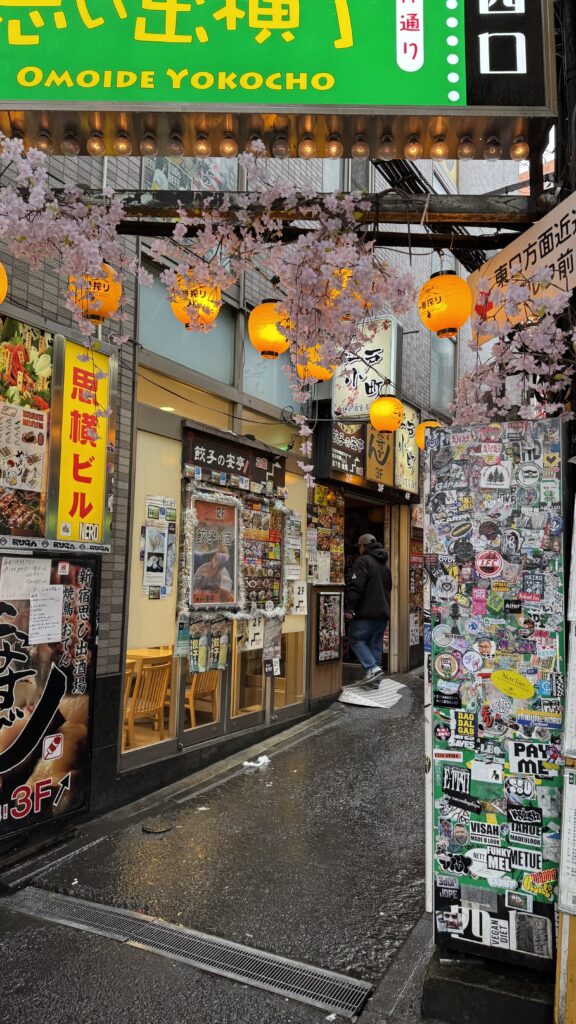
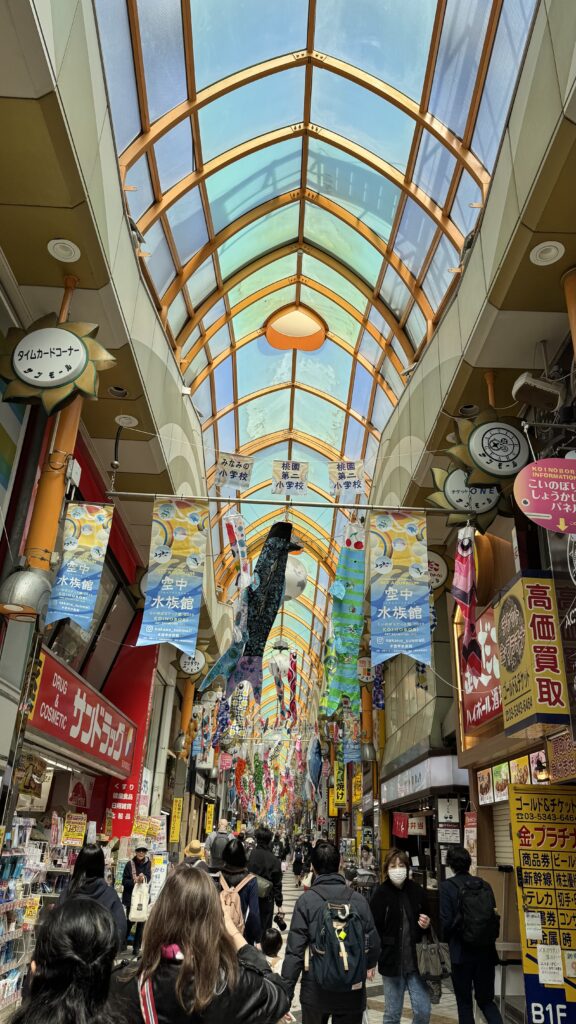
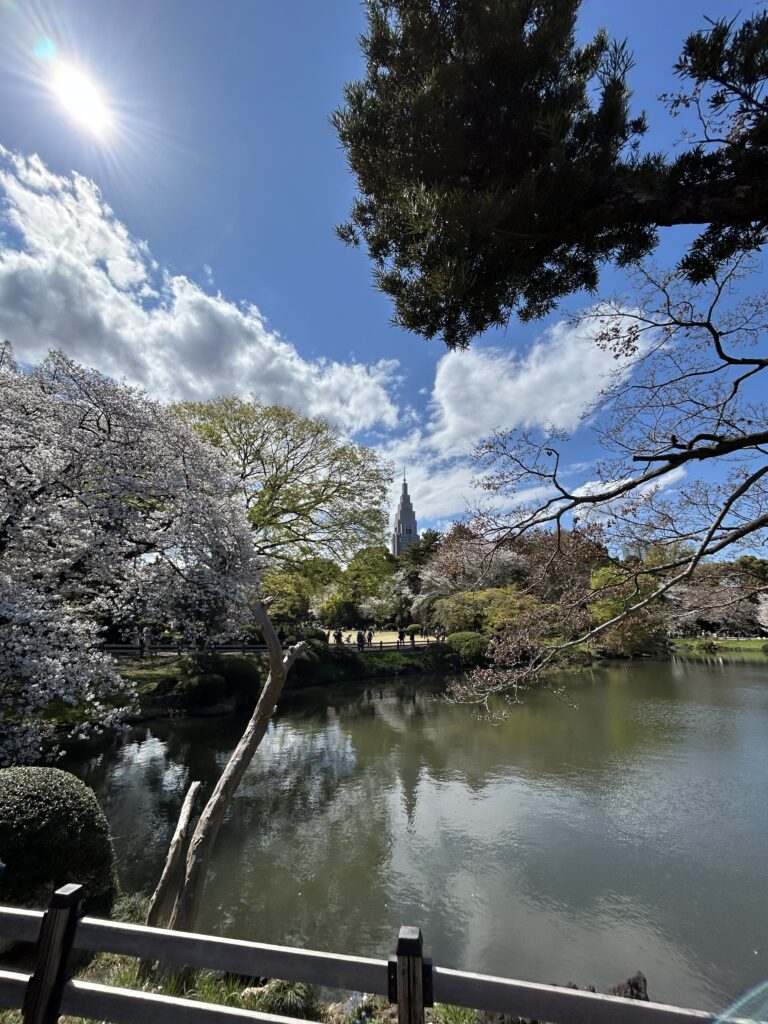
Practical Tips for First-Timers
- Transport: IC cards (Suica/PASMO) work across trains, subways, and many buses. Top up at machines; keep one per person.
- Cash vs Cards: Cards are increasingly accepted, but cash is still handy for smaller eateries and shrines. 7-Eleven ATMs are everywhere.
- Reservations: Book wagyu and high-demand sushi ahead. Casual izakaya: walk-ins often fine.
- Cherry Blossom Season: Beautiful but busy. Hotels pricier, queues longer. If blossoms aren’t a priority, consider shoulder seasons.
- Pacing: Tokyo has multiple “centers.” Plan days by clusters (e.g., Shibuya/Harajuku; Asakusa/Skytree; Ginza/Palace; Shinjuku/Azabudai) to minimize transit time.
- Coffee Breaks: Blue Bottle and local kissaten both shine – build in 15-minute resets to keep energy up.
Browse all Japan guides on our Japan hub
